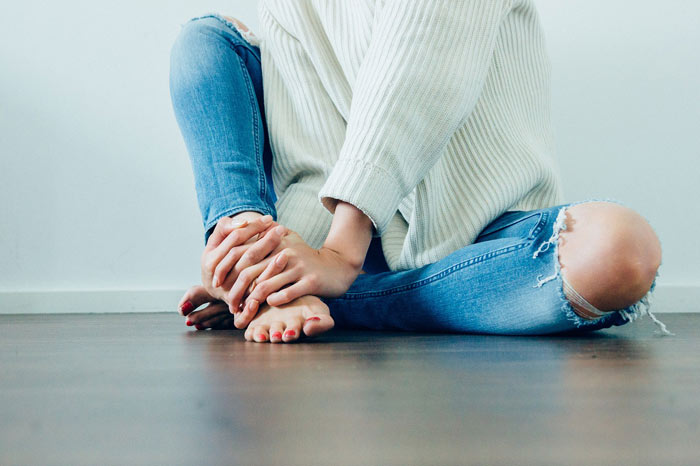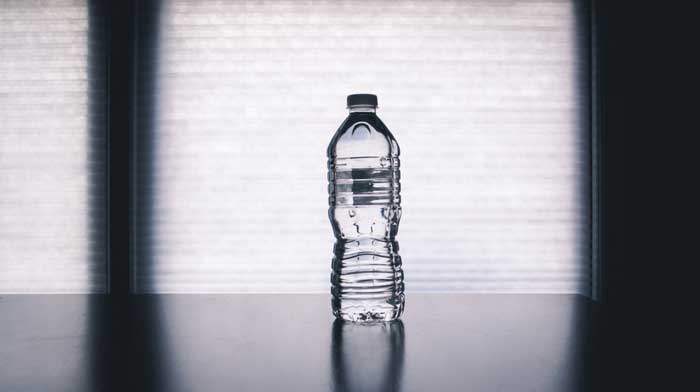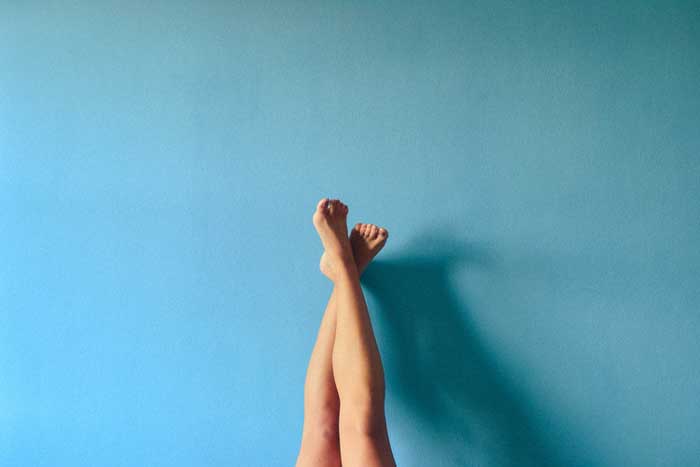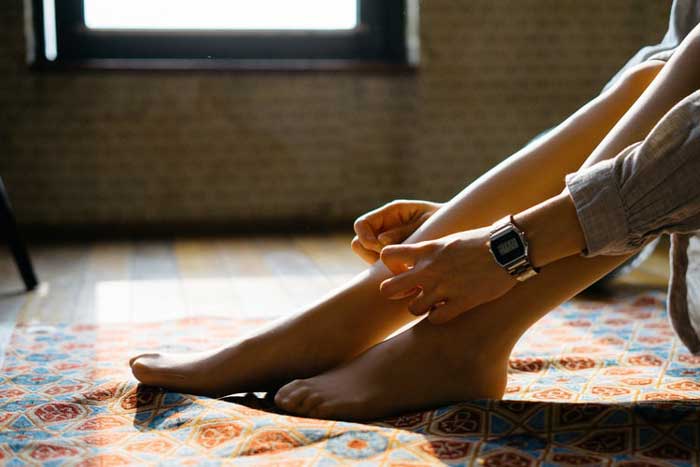It seems that in winter legs become twice as heavy and large. They swell no less than in summer. What products to use and what shoes to wear in order to avoid these problems?
Change the shoes
It is important that your footwear is not too tight and does not give extra load. To achieve this, it is advisable not to wear heels and tight shoes every day. The easiest way not to make boots and shoes your main enemies is to take them off indoors. In addition to the fact that legs swell strongly when we sit in street shoes for a long time, they also sweat, which creates a favorable environment for the bacteria that cause fungus. By the way, alcohol-based antiperspirants help against sweating.
Move around
Yes, the tip is not new, but it is especially relevant in winter: it seems that without the sun there is no life and no desire to move around. If your job involves plenty of standing or sitting, you need to periodically change the position in space and in no case sit still for a long time. This contributes to puffiness and aggravates varicose veins.

Buy compression stockings
It makes sense to go to a phlebologist and get a more complete picture of the condition of your legs. As a rule, a specialist prescribes an ultrasound and a blood coagulation test. Depending on the result, the doctor recommends a class of compression stockings or pantyhose and special gels to fight venous expansion and reduce edema. Do not be lazy to wear stockings and tights in winter – they can be worn under jeans and even dresses.
Drink more water
About 6% of people suffer from increased blood coagulation – they have too much of it. Moreover, many of them often do not know about their ailment. It is called Factor V Leiden. This is a genetic disease (gene mutation) that is inherited from parents. Such people have an increased risk of thrombosis, especially in legs. To prevent this, you need to drink plenty of fluids. Even if you do not have this disease, but you often sit in the same position in the office or wear tight shoes, do not forget to drink more often and plenty of fluids because you may also have a higher risk of thrombosis from this lifestyle.

Eat vegetables
Eat more green vegetables (celery, lettuce, cabbage, green pepper) and use them raw so as not to lose their beneficial properties, which literally evaporate during cooking and frying. Such food helps restore fluid balance in the body. In winter, a bathhouse or sauna will help: visiting hot places does not allow fluid to stagnate, and salts are eliminated more quickly – just consult a specialist about the possibility of “getting hot” there. Lotions with rosemary, borage and essential oils in the composition also have a tonic effect.
Raise your legs

You can relieve swelling at the end of the day by lying horizontally and putting your legs on a roller or even a wall above your heart. Before the “exercise”, treat the heels with a softening cream for additional relaxation. Products with urea can also soften corns and cracks on the soles.











